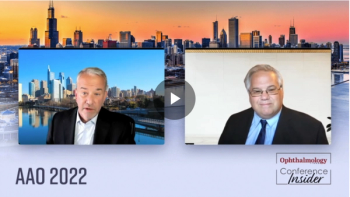
Dr Mark H. Blecher dives into his AAO 2022 topic: "One-Year Visual Outcomes Following Monocular Implantation with a Small Aperture IOL."

Dr Mark H. Blecher dives into his AAO 2022 topic: "One-Year Visual Outcomes Following Monocular Implantation with a Small Aperture IOL."
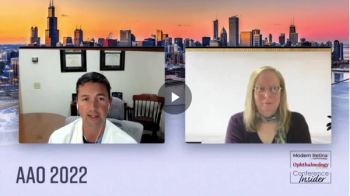
At AAO 2022, Dr Justis Ehlers presented a talk entitled, "Defining the Fluid Problem in Neovascular AMD: To Dry or Not to Dry?"

David Hutton discusses the AAO 2022 talk, "Corneal Oedema, Opacifications, Ectasia, and Bacterial Keratitis: Diagnosis and Treatment Strategies from the Preferred Practice Pattern Guidelines," with presenter Dr Francis S. Mah.

Mr Gokulan Ratnarajan recaps his 2022 ESCRS presentation: "A Real World Comparison Of iStent Combined With Phacoemulsification And Endocyclophotocoagulation (Ice2) With Preserflo And Xen-45 Implants In The UK; Short- And Long-Term Outcomes."
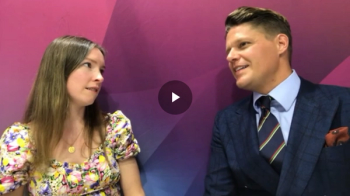
Prof. Martin Dirisamer speaks with Editor Caroline Richards about his ESCRS instructional course, "Mastering laser refractive surgery: Indications and outcomes."

Dr David Lubeck talks with Caroline Richards of Ophthalmology Times Europe about his ESCRS presentations, touching on surgical effects on corneal epithelium and the iTrack Global Registry for glaucoma.
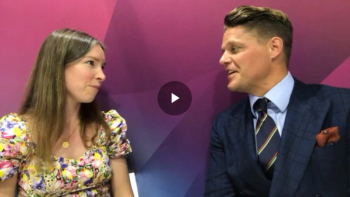
Prof. Martin Dirisamer discusses his instructional course on common mistakes when performing DMEK and how to avoid them at ESCRS.
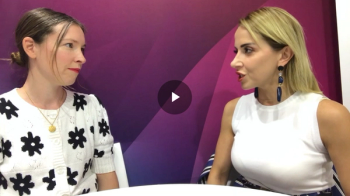
Assistant Prof. of ophthalmology Basak Bostanci discusses her ESCRS presentation, “Extended Range Of Vision In Unusual Cases” and how EDOF lens technology is evolving to include a wider pool of candidates.

Prof. Ioannis Pallikaris discusses his 2022 ESCRS presentation: "Peripheral Capsule Reconstruction And IOL Centration With The Fixoflex Ring".

Dara Conlon, Executive Vice President of EURETINA, and Prof. Anat Loewenstein, General Secretary of EURETINA, discuss some key features of this year's Congress.
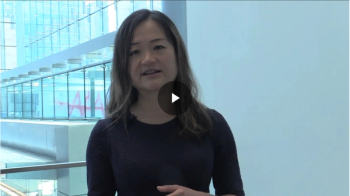
At ASRS 2022, Dr Sally Ong presented a talk entitled, “Vitrectomy vs Vitrectomy With Scleral Buckling in the Treatment of Giant Retinal Tear Related Retinal Detachments: International Multicentre Study.” Here she shares the biggest takeaways.

Dr Justis P. Ehlers dissects the revelations from the data in the Phase 3 Hawk clinical trial regarding the impact of central subfield thickness, volatility and the overall impact on visual acuity.
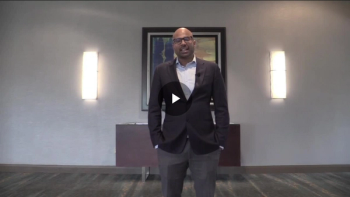
Dr Dilsher Dhoot discusses the post hoc analysis of the Copernicus and Galileo trials, which investigated if a delay in treatment would affect visual acuity gains or change in anatomy.
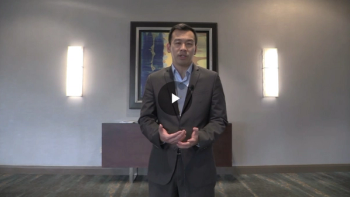
Dr Steven Yeh provides a brief overview of available therapies for noninfectious uveitis and uveitis macular oedema.
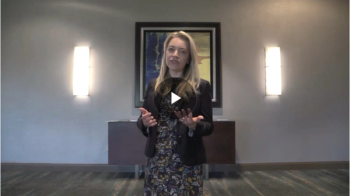
Dr Aleksandra Rachitskaya discussed the Phase 3 Archway end-of-trial results for the investigation of the Port Delivery System with ranibizumab in neovascular AMD.
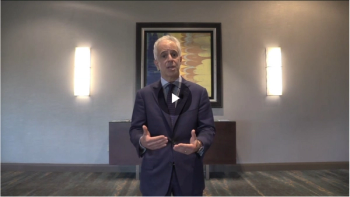
While the DAZZLE trial failed to meet its primary endpoint, KSI-301 demonstrated good initial visual gains and anatomic effects as well as positive durability.
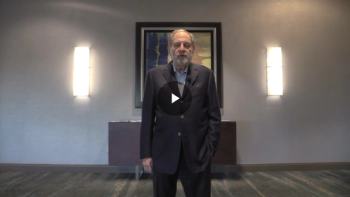
Dr David Boyer discusses the Phase 3 investigation for OPT-302 combination therapy for wet AMD.

Though the speed of traditional guillotine cutters has increased significantly in recent years, there are certain limitations. With the advent of hypersonic vitrectomy, Dr Sunir J. Garg explains how retinal surgeons can remove the vitreous gel with more efficiency.
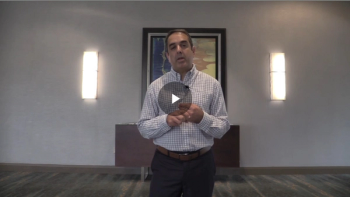
In the study, the faricimab molecule, which is a combined anti-Ang2 and anti-VEGF, performed better than the aflibercept drug in many different ways. Rishi P. Singh, MD, FASRS, summarizes some of these key findings.
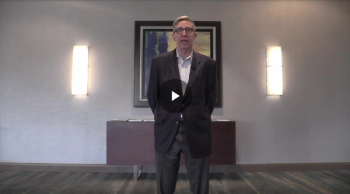
As novel therapies in the pipeline are aiming to decrease the rate of GA expansion—the endpoint Dr Karl Csaky and Dr Fredrick Ferris III identified in 2007—Dr Csaky reinforces the importance of preserving the central retinal tissue.

Via four cases, Dr Harry Flynn describes a variety of endophthalmitis management options for retinal surgeons.
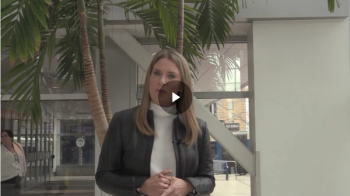
Dr Sally Tucker of Ora Europe walks through the clinical trial pathway, describing how Ora addresses complexities to make the path as efficient as possible.
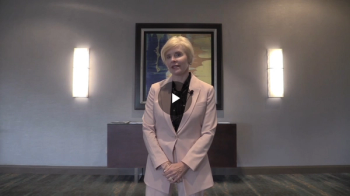
EyePoint Pharmaceuticals hopes to usher in a new paradigm of retinal eye disease treatments with their candidate EYP-190.

Dr Penny Asbell discusses her presentation entitled, “Antibiotic Resistance among Ocular Staphylococcal Pathogens: Longitudinal Trends in the ARMOR Study."
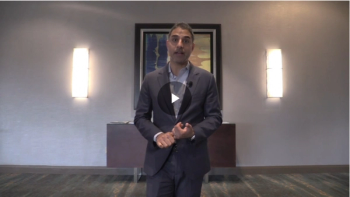
Dr Yasha S. Modi discusses his best tips and tricks for finding and diagnosing infectious uveitis.

Jeff Cleland, PhD, CEO of Ashvattha, discusses safety data for an at-home subcutaneous anti-VEGF injection option in development for the treatment of wet AMD and DMO.
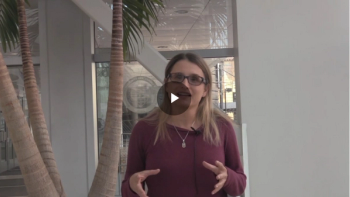
Takeaway: there doesn't seem to be a specific dry eye phenotype that does better or worse.

The OpRegen trial is a cell therapy trial, looking to explore potential safety and efficacy for patients with advanced dry age-related macular degeneration (AMD).

The study assesses retinal blood biomarkers using a new prototype OCT, aiming to measure retinal biomarkers such as blood flow volume, average velocity and vessel diameter with a new prototype.
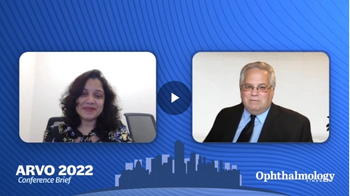
The study found that if certain forms of nystagmus that are seen in patients, then there is a higher chance of poor binocular visual function, as well as higher interocular suppression.